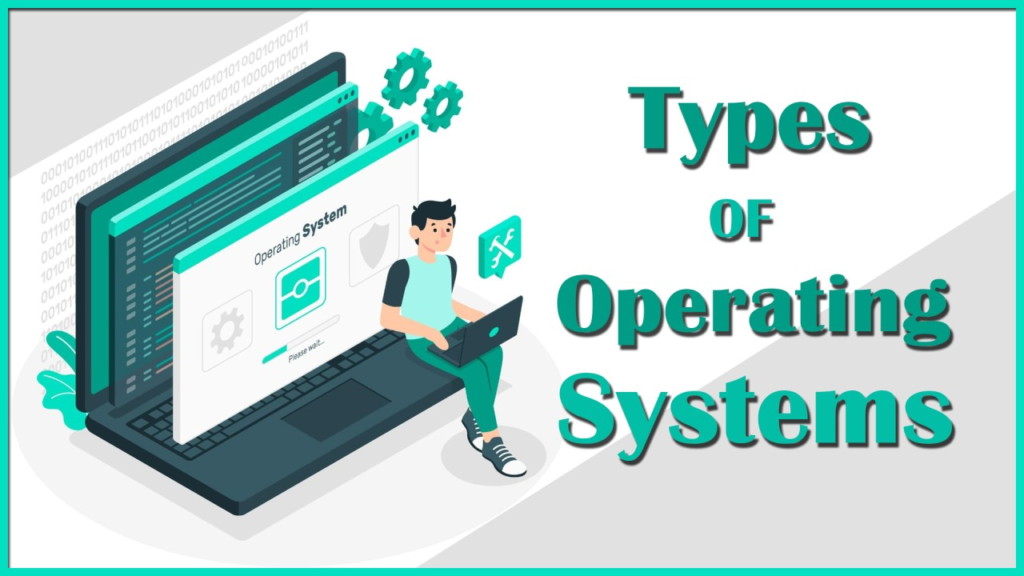
Operating systems (OS) are integral to modern computing, serving as the backbone that manages hardware, software, and user interaction. Here’s a detailed look into the major types of operating systems and their unique applications:
1. Batch Operating Systems
Batch OS is one of the earliest forms of operating systems, designed to execute jobs in a sequence without direct user interaction. Common in early mainframe systems, this type is best suited for tasks requiring minimal user input.
2. Time-Sharing Operating Systems
Time-sharing OS allows multiple users to access a single system simultaneously by dividing processing time. This approach optimizes system resources, offering efficiency and cost savings for shared computing.
3. Distributed Operating Systems
Distributed OS connects multiple computers or servers into a single cohesive system. Resources such as memory and processing power are distributed across the network, enhancing efficiency and scalability.
4. Network Operating Systems
Primarily used for managing network resources, Network OS enables communication between interconnected devices. It’s commonly found in server environments, ensuring smooth data sharing and communication.
5. Real-Time Operating Systems
Real-Time OS is crucial for time-sensitive applications, offering immediate processing for critical tasks. Industries like aerospace, medical equipment, and manufacturing rely heavily on these systems for their reliability and precision.
6. Mobile Operating Systems
Mobile OS powers smartphones and tablets, offering user-friendly interfaces and optimized resource management. Popular examples include Android and iOS, tailored for touch input and mobile functionality.
7. Embedded Operating Systems
Embedded OS is designed for devices performing specific tasks, such as appliances, cars, or smart devices. These systems are lightweight and efficient, tailored to the hardware they operate.
Conclusion
The diversity of operating systems underscores their significance in catering to various user needs. From managing servers to powering smartphones and industrial equipment, each OS type plays a specialized role in modern technology.